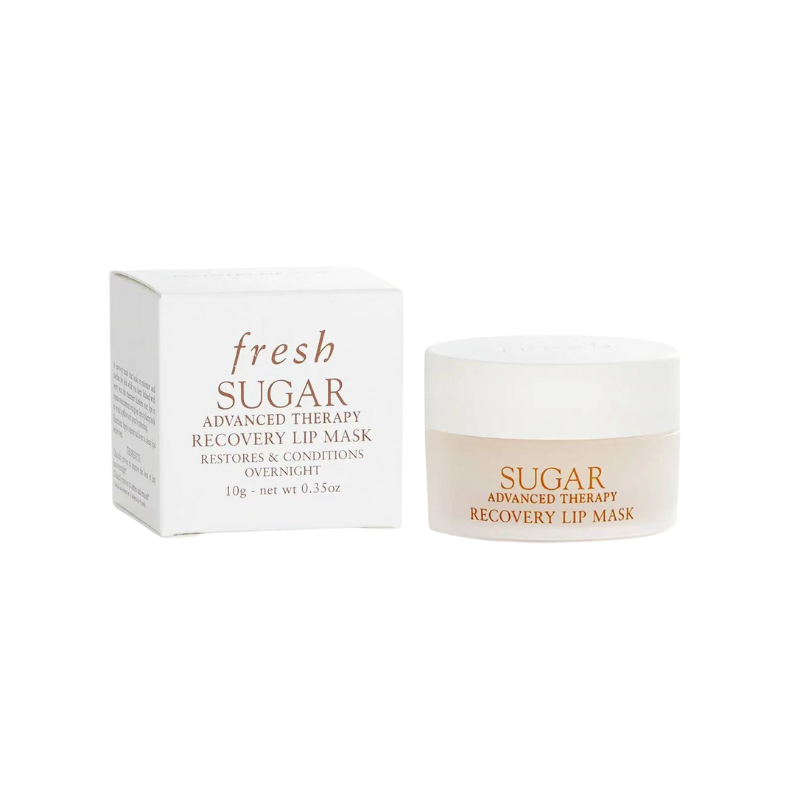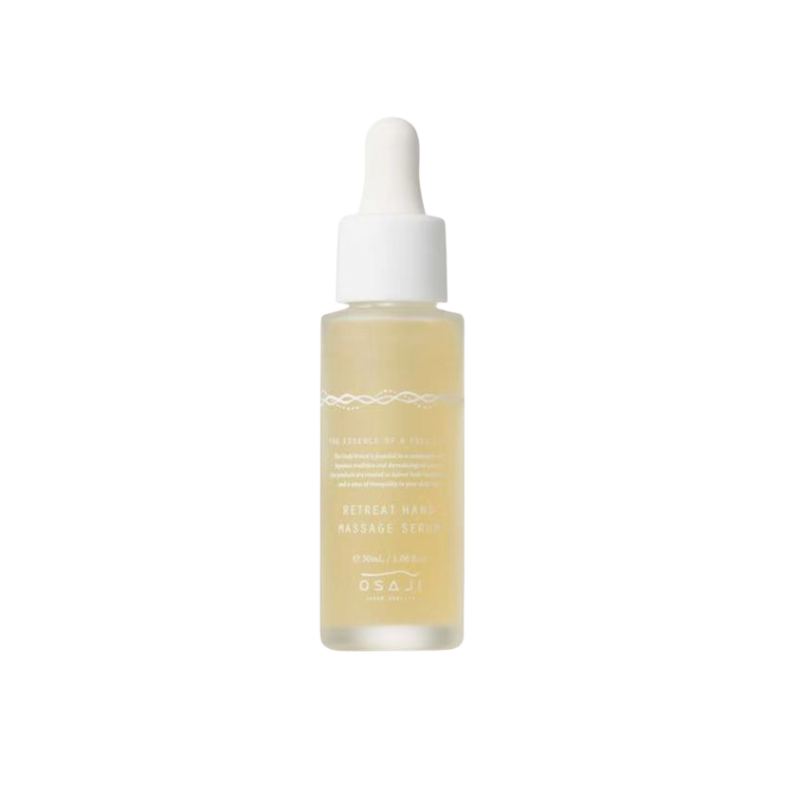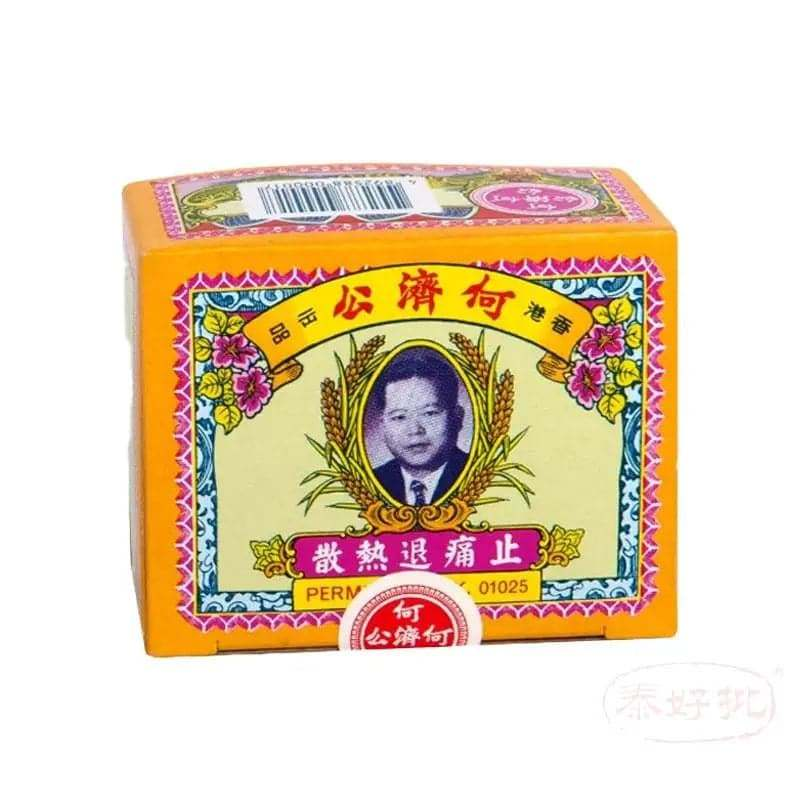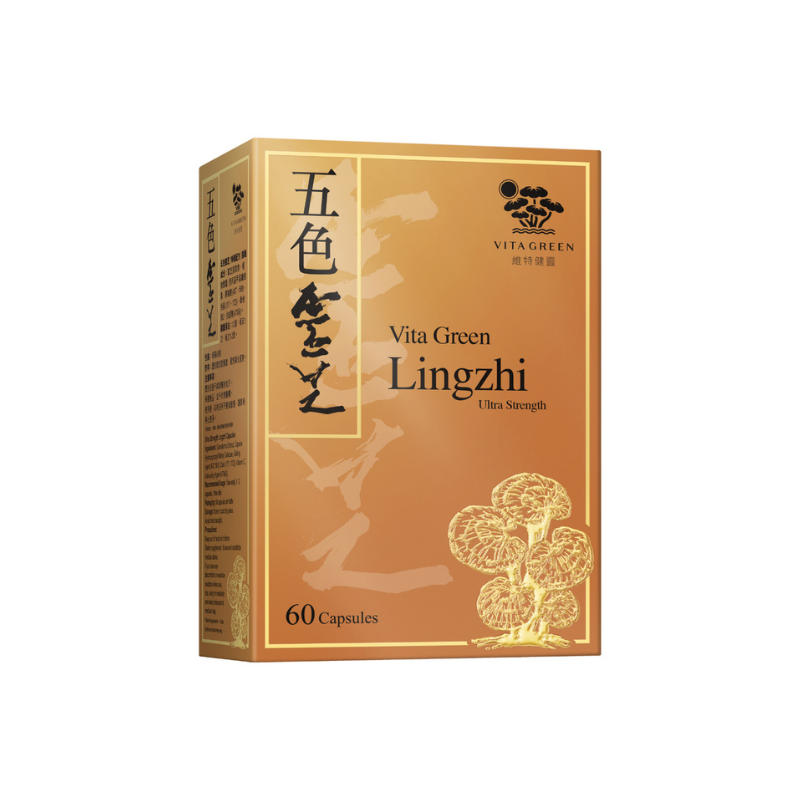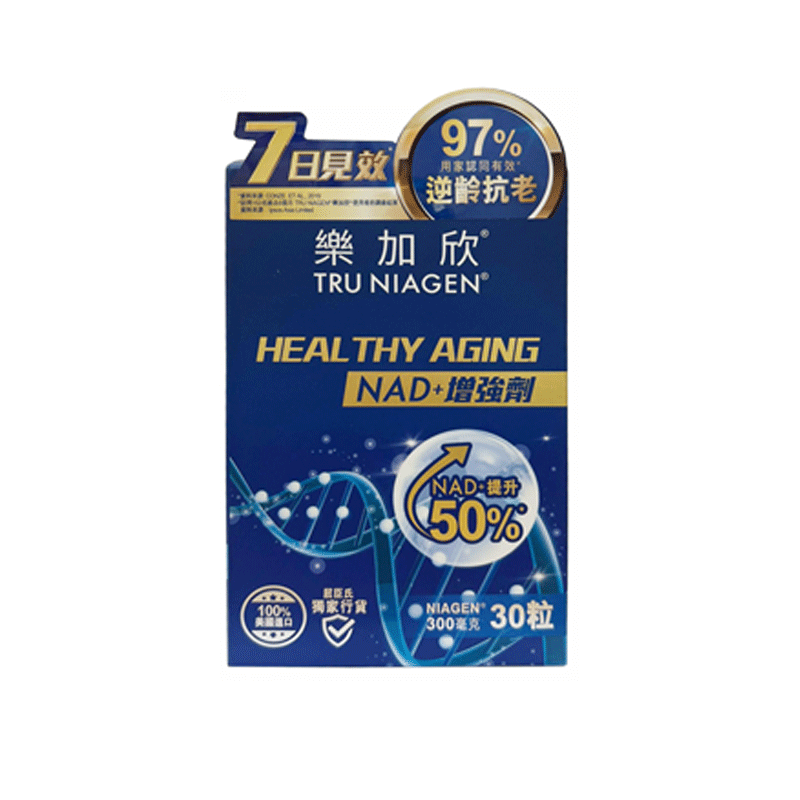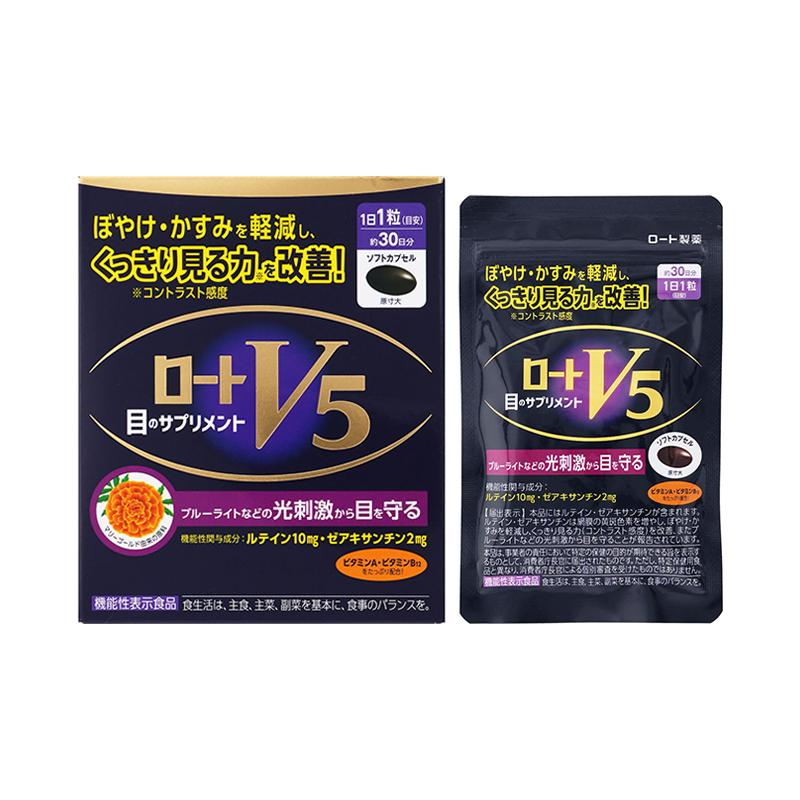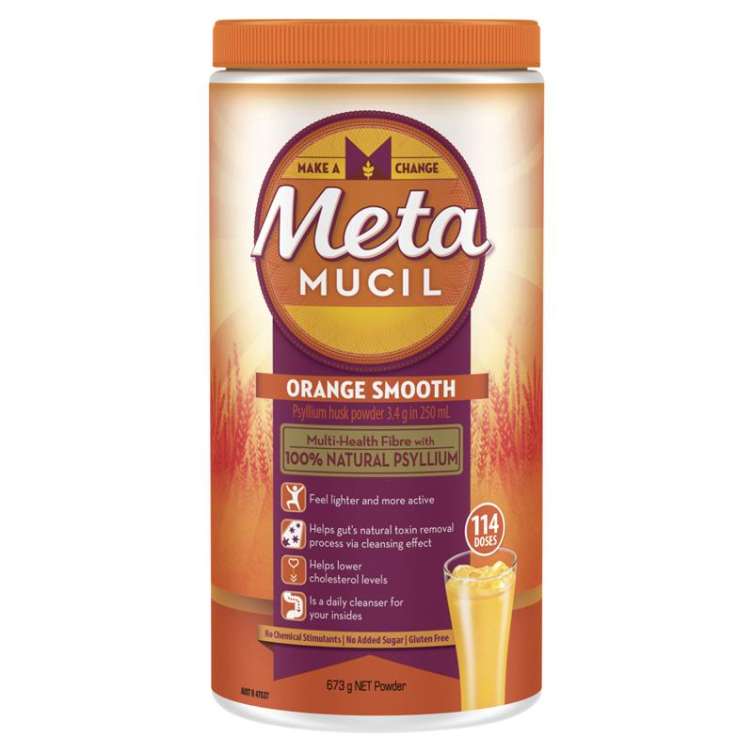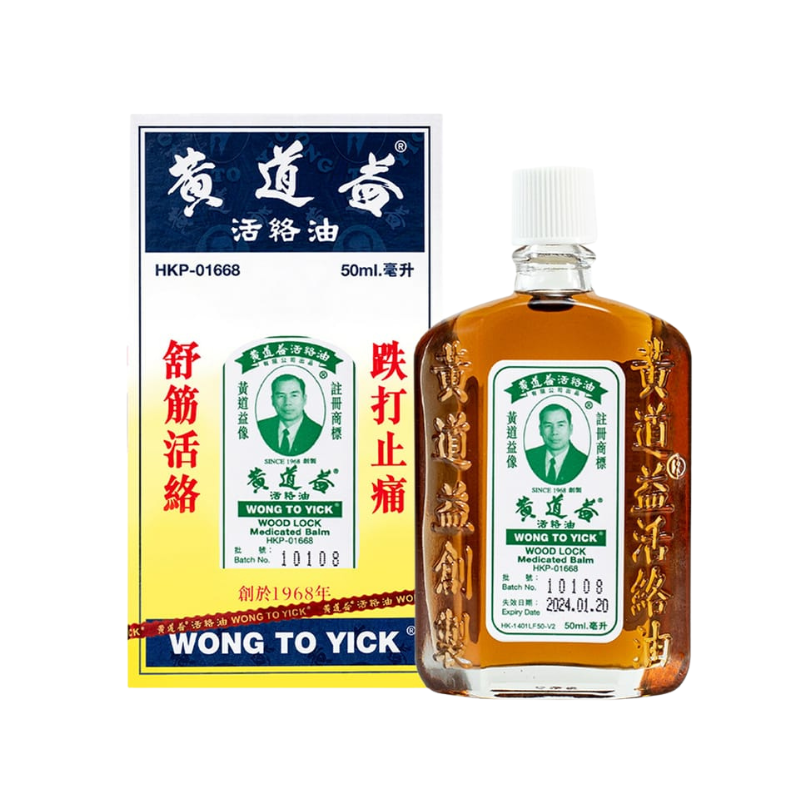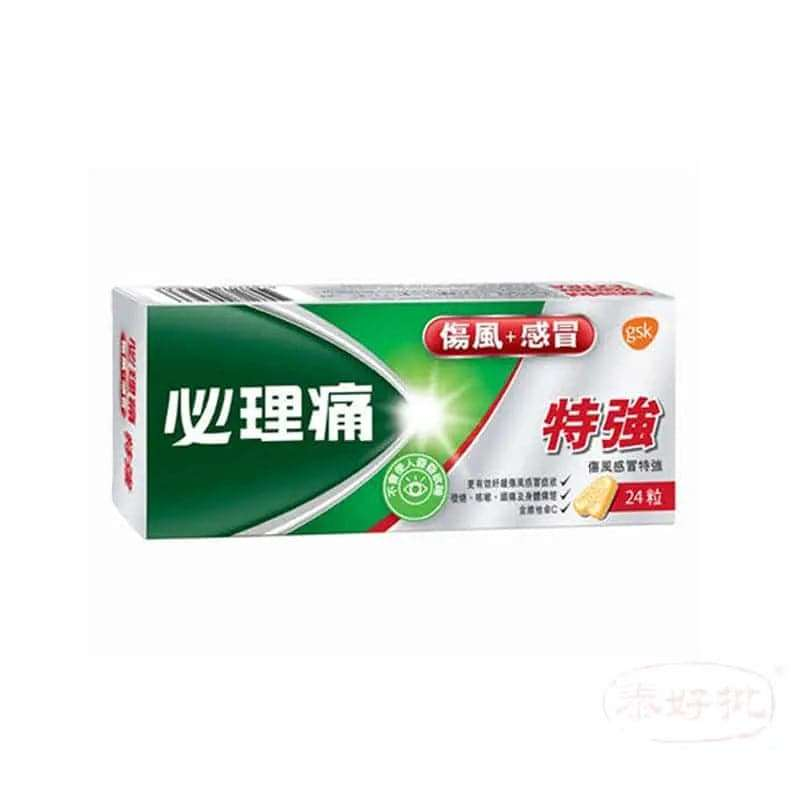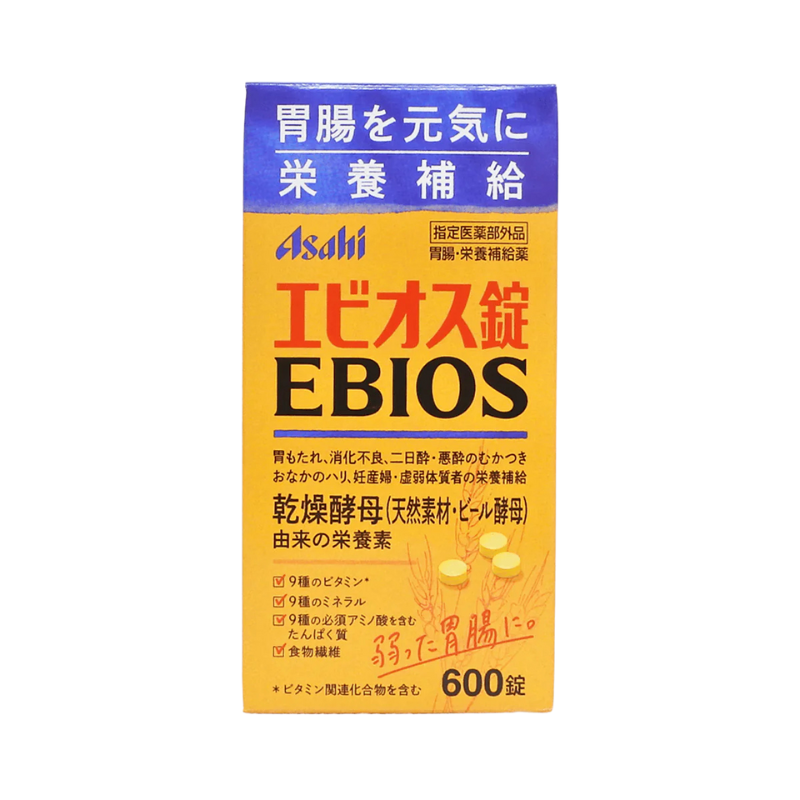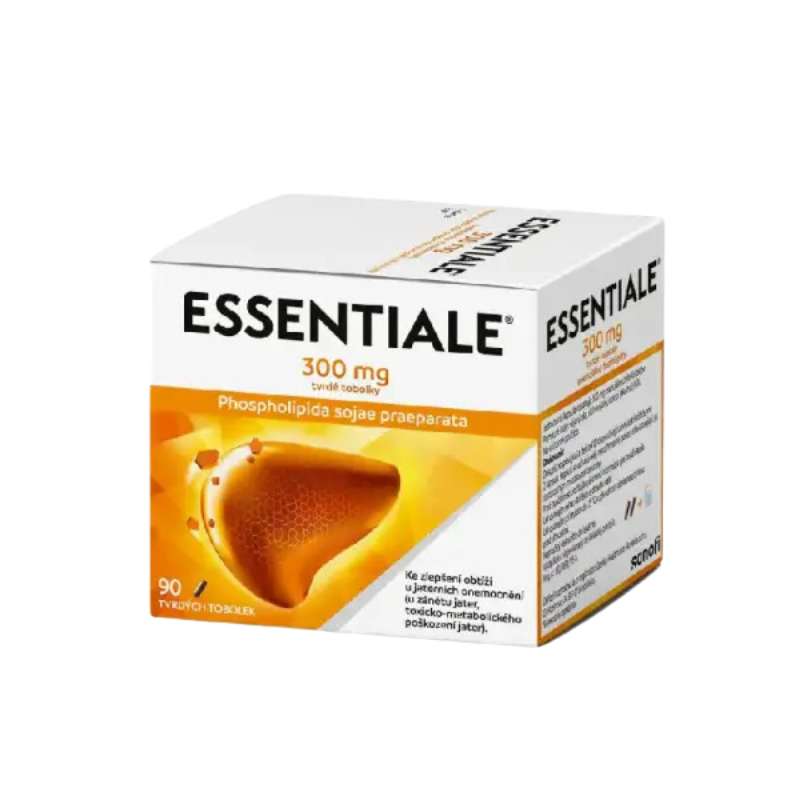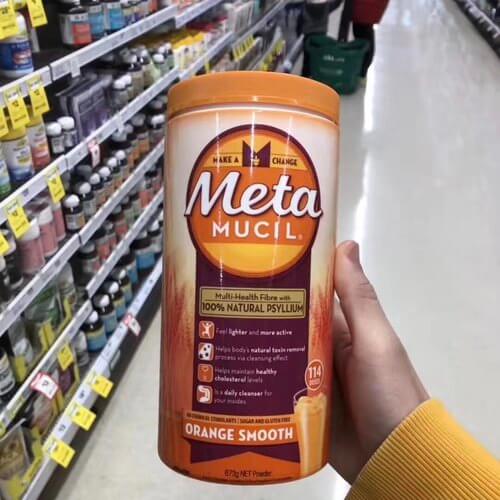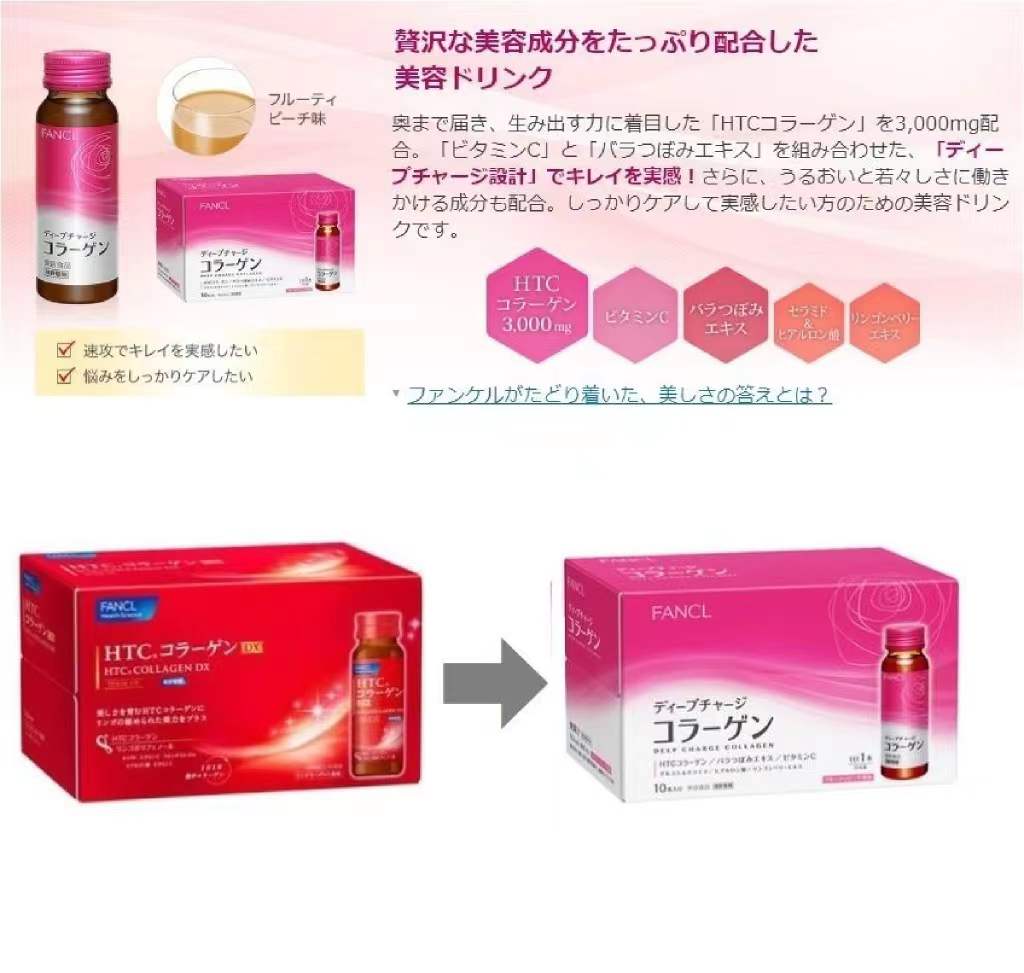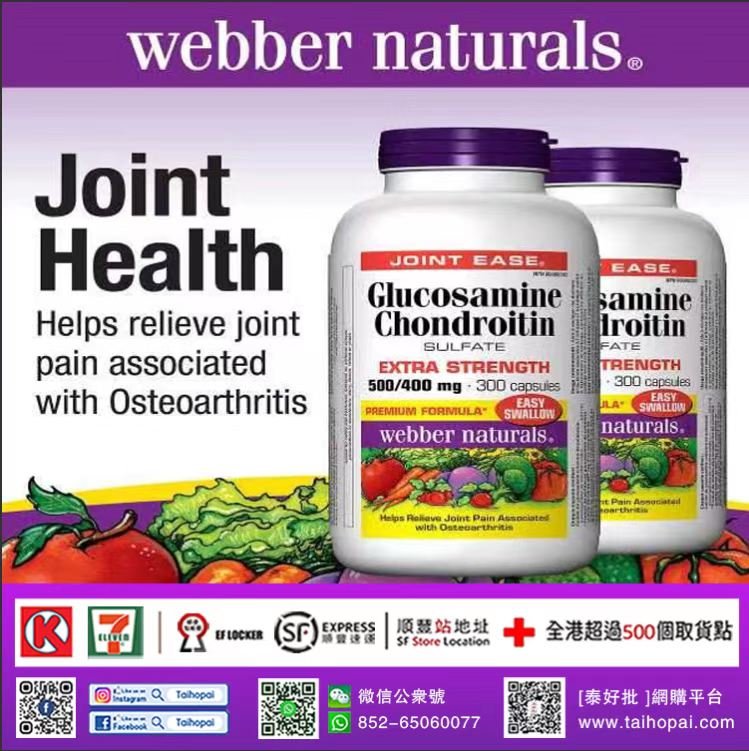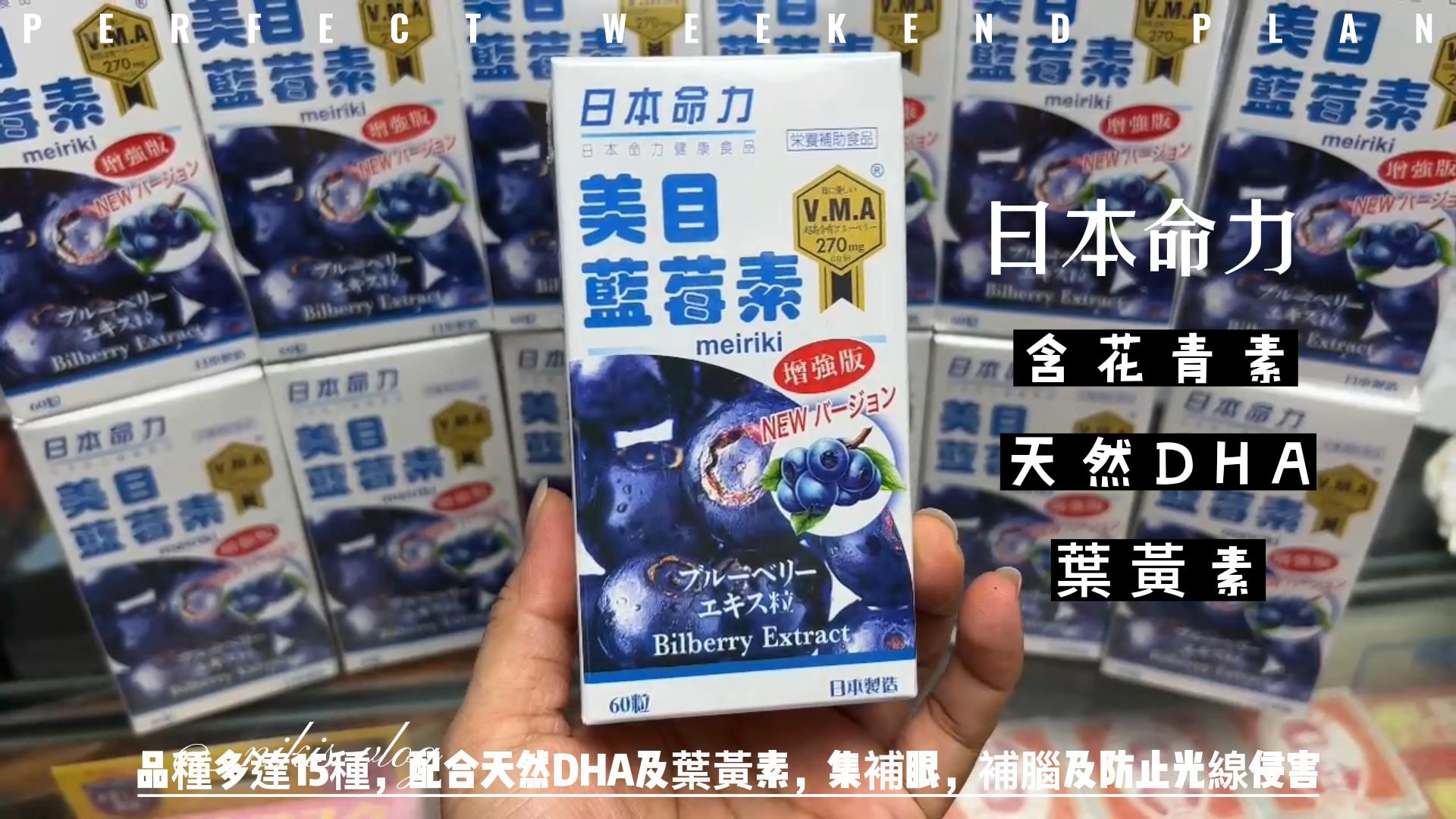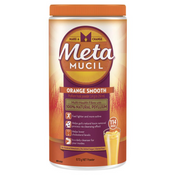The Miraculous Benefits of Deep Sea Cod Liver Oil: Five Great Benefits for Human Health Discover Deep Sea Cod Liver Oil: Why is it so important to the human body? Revealing the secrets of deep-sea cod liver oil: its nutritional and health-care effects on the human body. Health secrets from the deep sea: the benefits of cod liver oil to the human body cannot be ignored. Deep-sea cod liver oil: a super nutritious product that supports human health.
The magical effects of deep-sea cod liver oil: five major benefits to human health Discovering deep-sea cod liver oil: why is it so important for the human body?
Revealing the secrets of deep-sea cod liver oil: its nutritional and health effects on the human body
Health secrets from the deep sea: The benefits of cod liver oil to the human body cannot be ignored Deep sea cod liver oil: a super nutritious product that helps human health
Scotts Pure Cod Liver Oil is rich in vitamins A and D, as well as Omega-3s (EPA and DHA) to support immunity, maintain good health and support bone and dental health.
Why should I take Scotts Pure Cod Liver Oil? Each golden capsule contains cod liver oil rich in Omega 3 (DHA + EPA) and vitamins A and D.
Omega 3 fatty acids EPA and DHA maintain heart health. Vitamins A and D help maintain immune function, growth, vision and tissue development, and promote strong bones and teeth. Scotts Pure Cod Liver Oil is a daily support for the immune system and overall health.
"The man carrying the fish on his back
In the late 19th century, cod liver oil was announced as a treatment for many ailments. One problem: The oil smells bad.
By Diane Winter
paper man
The man bent over and peered out from under the brim of his hat, his legs supporting the weight. A thick rope was wrapped around his waist, shoulders and hands, securing a weight to his back - a huge fish with an open mouth, glassy yellow eyes and a tail that swept the ground. Gadus morhua is a common cod that can be identified by the brown and amber spots on its body, light stripes on its sides and three dorsal fins. The man has few identifiable features, but "SCOTT'S EMULSION" appears on the hem of his jacket.
By 1900, the "fish-bearing man" had become famous. His image was engraved and embossed on countless boxes and bottles of cod liver oil preparations; printed in full color on advertising trade cards, brochures, and posters distributed around the world; and, in one instance, on a building in lower Manhattan. The side painting is several stories high. The enduring popularity of "The Fish Man" is a testament to the persistence of an ancient tradition, even as scientific and commercial interest in cod liver oil has waxed and waned.

“A very unpleasant remedy”
Before European doctors and chemists became interested in the 19th century, Nordic fishermen used cod liver oil for generations to restore health and relieve pain.
Its preparation is simple: cut out the livers of the fish (with gall bladders), throw them into a bucket and let them break down. Fishermen often use heat to extract the last bits of oil from the smelly, putrid mass. During the decay process, the oil darkens, forming three grades: light brown, light brown, and dark brown.
"In those days," wrote the pharmacist F. Peckel Möller in his 1895 monograph " Cod Liver Oil and Chemistry ," "cod liver oil was not an ideal consumer product; indeed, to put it bluntly, it was an abomination. No one would accept it willingly, even once, let alone day after day, month after month.
Nonetheless, many people do take it, and the only reasonable explanation is that this oil must have given surprisingly beneficial results.
Edinburgh physician John Hughes Bennett was instrumental in introducing cod liver oil to the English-speaking medical community.
In 1841, he published his treatise in Germany after observing the use of Oleum Jecoris Aselli, or cod liver oil, in the treatment of rickets (a disease characterized by cartilage and deformity), rheumatism, gout, and scrotum (a form of tuberculosis). Essay on Oleum Jecoris Aselli or Cod Liver Oil .
Bennett's publications quickly sparked further research and experimentation by doctors on both sides of the Atlantic, leading to the development of a large cod liver oil industry in New England by mid-century.
Nordic fishing communities have used cod liver oil for generations to restore health and relieve pain.
In 1843, Ludovicus Josephus de Jongh of the Netherlands performed the first extensive chemical analysis of cod liver. His research into the efficacy of the three oils led him to conclude that the light brown oil was the most therapeutic. He attributed this advantage to the large number of trace substances found in it: iodine, chalky phosphates, volatile acids and "bile elements."
In 1846, de Jongh traveled to Norway to purchase the purest oil. By the 1850s, "Dr. de Jongh's Light Brown Cod Liver Oil" was sold throughout Europe and exported to the United States. Each bottle bears de Jongh's signature and seal - blue cod on a red shield - guaranteeing the product has been "tested by chemical analysis". The ad highlighted de Jong's credentials as a doctor and chemist and included testimonials from other scientific and medical figures. As one advertisement from 1869 stated, “The author of the best analysis and study of the properties of this oil should himself be the purveyor of this important medicine.

Even cod liver oil's staunchest proponents, such as de Jongh and Bennett, admit that the highly unpleasant taste and odor pose a significant barrier to its use. In 1873, Alfred B. Scott came to New York City and along with partner Samuel W. Bowne began trying to produce a less disgusting cod liver oil preparation.
Three years later, they formed the Scott and Bowne Company and began selling their products under the name Scott's Emulsion. Although not a trained doctor or pharmacist, Scott had the keen insight necessary for success in business. The pair believed advertising would drive their product's success.
By the 1890s, Scott and Bowen had factories in Canada, England, Spain, Portugal, Italy, and France, and were promoting their lotion throughout the Americas, Europe, and Asia.
Scott sources the oil for Scott's emulsion directly from the Lofoten Islands, a long chain of islands above the Arctic Circle that is the center of the world's cod fishery.
As Möller whimsically describes the islands in Cod Liver Oil and Chemistry :
These islands are inhabited by whirlpools, midnight suns, and "unimportant" people. They were also visited primarily by callers belonging to three distinct social classes. First is the tourist (var. Brit., Amer., et Germ. ); second is the cod (var. G. morrhua ); and finally is the Norwegian fisherman, who has no particular Latin name, but is a very decent man.
Although tourists prefer to visit Lofoten in mid-summer, cod flow to the islands to spawn in early January and disappear by the end of April. Fishermen (some 30,000 in the 1890s) arrived by boat and established temporary settlements in anticipation of the cod's arrival. The topographic convergence of the Gulf Stream, Arctic waters and Norwegian fjords combine to create an unparalleled breeding ground for cod, and subsequently an unparalleled fishery. The midnight sun, maelstroms, awe-inspiring coasts and the natural mysteries of the ocean and its creatures create an idyllic setting for the reality of the grueling, exhausting and smelly business.
“As delicious as milk”
De Jong believes that palatability issues can be overcome with a little perseverance or "giving the kids a little reserve, some fruit, a biscuit, or a drop of Bordeaux or sherry." Despite this reassurance, much discussion and advice revolves around overcoming nauseating tastes and smells. The oil is usually mixed into coffee, milk, or brandy; some recommend taking the oil with smoked herring, ketchup, or the foam of a malt drink. Those with an "overwhelming aversion to taste" could take the oil via enemas.
Scott and Bowen were careful to distinguish their tastier product from other "secret" remedies, publicly revealing the formula in early advertising: "50%. Pure Cod Liver Oil, 6 g. Hypophosphite of Lime and 3 g. of hypophosphite to one fluid ounce. Emulsified with mucilage and glycerin. Glycerin adds sweetness and is also believed to have tonic and healing properties. Hypophosphite of soda (sodium) is thought to aid in therapeutic consumption.
Scott and Bowne's first trademark was registered in 1879 and included the initials PPP and three words - "Perfect, Permanent and Delicious". The logo reflects their impeccable formula; a permanent lotion, one that won't separate; and best of all, delicious . One ad declared, "You have no taste at all; because the droplets of oil are covered in glycerin, just like pills are covered in sugar or gelatin." "Tasty like milk" became a key slogan in Scott's ads.
The man carrying a fish first appeared on Scott's Emulsion around 1884 and became a Scott and Bowne trademark in 1890. As Scott tells it, he was on a business trip to Norway when he saw the fisherman's record-breaking catch. A photographer was quickly found to record the scene; later, the photo was faithfully reproduced and registered as the company's trademark. Trading cards and leaflets feature a fisherman and his catch, with the words "Scenes drawn from life on the Norwegian coast" and "This 156-pound cod was caught off the Norwegian coast." The realistic image directly references the natural source of the drug and serves as a quality assurance in the market for adulterated goods. People and fish also evoke the romance and myth of the sea and the fisherman, who reaps the bounty of the sea.
Scientific Medicine and "The Great Producer of the Body"
Cod liver oil's reputation as an effective treatment for "eating", a leading cause of death in the 19th century, led to its widespread popularity. Various diseases, such as phlegm, phlegm, tuberculosis, rickets, and rheumatism, were understood to be manifestations of "wasting" or "wasting diseases."
In 1882, Koch discovered Mycobacterium tuberculosis, the “bacteria” that causes tuberculosis, ushering in a new era of scientific medicine. However, the new knowledge did not immediately lead to effective new treatments, and the popularity of older treatments remained unaffected. In their ads, Scott and Bowen recognized the role of microorganisms in disease, describing the cause of consumption as a growing bacterium that destroys the lungs, much like growing bacteria that cause "cheese mold." "Same. As they explain, the bacteria itself is harmless until it finds some "suffocating, hungry, or tired place" in the body to grow. The power of their product lies in its ability to nourish the body and build resistance against bacteria. With Scott's lotion, thin flesh becomes plump and strong, and it is proudly called the "Great Flesh Producer".
Pharmacology in the 19th century focused on identifying and studying the "active principles" of drugs. The isolation of plant alkaloids—such as morphine from opium and quinine from cinchona—provided drugs with increased potency and known quantities of substances that could be administered with more predictable results. Researchers have had similar success with cod liver oil. In 1888, French chemists Armand Gautier and Luis Mourgues published an analysis of the active ingredients of light brown cod liver oil titled "Les alkaloides de l'huile de foie de morue”. Their findings echoed earlier research by de Jongh, who preferred light brown oil to other varieties.


















































